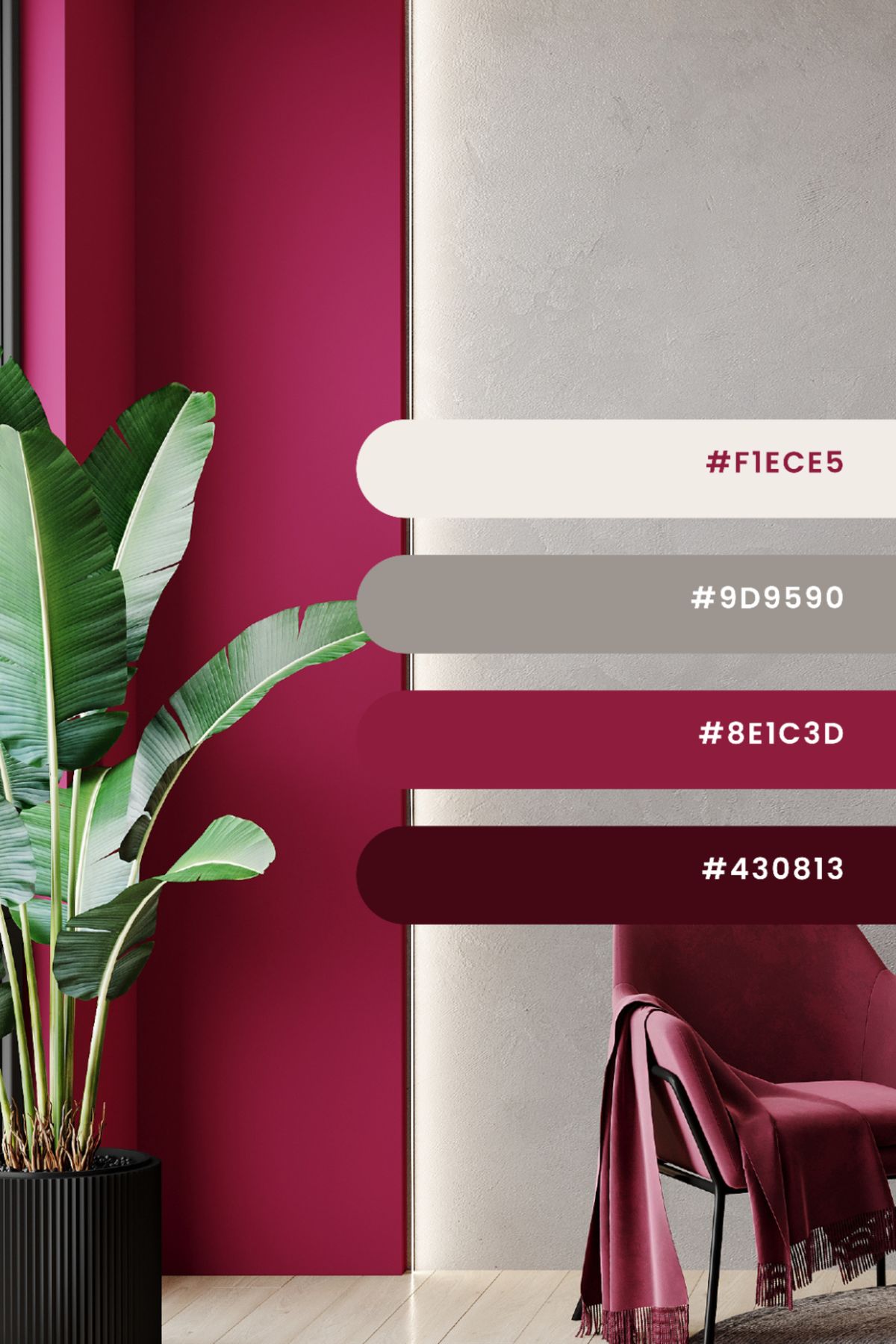
Gimmicks vs Strategy: Lessons from TikTok Marketing
In today’s fast-paced digital world, brands are under constant pressure to capture attention. With platforms like TikTok dominating the social media landscape, it’s tempting for businesses — especially SMEs — to chase the next big trend. But here’s the problem: not everything viral is valuable.
That’s where the conversation about gimmicks vs strategy becomes important. A gimmick can skyrocket your views overnight, but without strategy, it fizzles out as quickly as it blew up. A strategy, on the other hand, might not always feel flashy, but it builds long-term growth, brand loyalty, and measurable results.
Let’s explore what makes something a gimmick versus a strategy, how TikTok has blurred the lines, and what lessons brands can learn from both.
What’s a Gimmick in Marketing?
A gimmick is a short-term tactic designed to grab attention. It’s often tied to a trend, a challenge, or something that provokes curiosity or humor. Gimmicks work best at sparking quick awareness, but the effect rarely lasts.
Signs of a gimmick:
- It’s one-off, not repeatable.
- It doesn’t connect to the brand’s larger message.
- It prioritizes entertainment over business goals.
👉 Example: A small restaurant sees a TikTok dance challenge trending and decides to join in. The video goes viral with thousands of likes and shares, but the post doesn’t feature the food, the location, or any link to order. People loved the video — but had no reason to become customers.
Gimmicks aren’t inherently bad. They can inject fun and show a brand’s human side. But when used without purpose, they become wasted effort.
What’s Strategy in Marketing?
A strategy is a deliberate, consistent plan that aligns with a brand’s goals and values. Strategy ensures that even if a brand jumps on a trend, it does so in a way that reinforces its identity and moves the audience closer to conversion.
Signs of strategy:
- Content connects back to brand values.
- It’s consistent and repeatable.
- It balances creativity with business outcomes.
👉 Example: A skincare brand uses TikTok beauty trends to showcase quick skin-care routines. While participating in trends, each video demonstrates how their product solves a real problem (acne, dry skin, uneven tone). Every post includes a link to shop. The content is entertaining, but it’s also purposeful — building awareness and sales.
TikTok Case Studies: Gimmick vs Strategy
To understand the difference, let’s look at real-world examples of both approaches.
Case 1: Ocean Spray and Fleetwood Mac — A Gimmick
In 2020, TikTok user Nathan Apodaca went viral for casually skateboarding while sipping Ocean Spray cranberry juice and vibing to Fleetwood Mac’s Dreams. The clip was viewed millions of times and sparked a wave of recreations.
Ocean Spray leaned into the moment by gifting Nathan a truck loaded with cranberry juice — but that was about it. They didn’t build a larger campaign, didn’t tie it back to storytelling about the brand, and didn’t link it to sales.
Lesson: The brand enjoyed free exposure but missed an opportunity to transform viral attention into long-term impact.
Case 2: Duolingo — Strategy in Action
Duolingo has become a TikTok powerhouse by blending strategy with trends. Their green owl mascot appears in chaotic, funny, and sometimes cheeky videos that use trending sounds — but always tie back to language learning.
- Their tone is consistent: humorous, self-aware, relatable.
- Their mascot reinforces brand recognition.
- Every post reminds users of their app and its value.
The result? Duolingo grew its TikTok following to millions, boosted app downloads, and established itself as a brand that “gets it.”
Lesson: Strategy doesn’t mean being boring. You can use trends and humor — but with consistency and alignment to brand goals.
Case 3: Ryanair — Personality-Driven Strategy
Ryanair, the European budget airline, uses TikTok’s quirks to show off a bold, humorous personality. Their content often features planes with human faces, sarcastic commentary, and self-deprecating humor.
This isn’t random. It’s part of a clear strategy: position the airline as relatable and entertaining while keeping costs (and content production) low.
Lesson: A strong brand voice can make even the most unexpected content strategic.
Case 4: SME Example — Local Cafe
Imagine two cafes using TikTok:
- Cafe A (gimmick): Posts a barista dancing to a trending song. The video goes viral, but there’s no mention of their menu, location, or why customers should visit.
- Cafe B (strategy): Uses trending sounds but overlays text like “3 reasons our cappuccino is the best in town” or “Behind the scenes of our latte art challenge.” They post consistently, interact with local hashtags, and link their profile to a delivery app.
Guess which cafe actually sees more foot traffic and online orders?
Why Do Brands Fall for Gimmicks?
The lure of vanity metrics. Views, likes, and shares feel like wins. But unless they lead to brand growth, they’re empty wins.
TikTok’s algorithm favors quick trends, which tempts brands to chase virality. But without tying back to brand goals, these viral moments rarely move the needle.
How to Balance Gimmicks and Strategy
The truth is: you don’t need to pick one. The best brands use gimmicks within a larger strategy.
Here’s how SMEs can balance both:
- Start with Strategy
Define your goals (sales, leads, brand awareness) and your target audience. Build content pillars around them. - Use Gimmicks as Boosters
Jump on trends or challenges — but always tie them back to your product, service, or brand story. - Stay Consistent
Post regularly with a clear voice, design, and message. Don’t abandon your audience after a viral moment. - Measure What Matters
Track not just likes, but click-throughs, conversions, and sales. - Be Human
Strategy doesn’t mean stiff. TikTok thrives on personality, humor, and authenticity.
Final Thoughts
In TikTok marketing, gimmicks are fireworks 💥 — they light up the sky and capture attention, but they fade quickly. Strategy is a campfire 🔥 — it keeps your audience warm, builds community, and lasts much longer.
The smartest brands know how to use both. They embrace the fun of gimmicks while grounding every post in a clear strategy. Whether you’re a global brand like Duolingo or a local SME cafe, the same rule applies: Don’t just go viral. Go meaningful.
1 Comment
Post a comment Cancel reply
You may also like
Cooking Up Success: A Simple Digital Marketing Recipe for Small Businesses
Most small business owners know digital marketing is important — but many don’t know where to st
(Digital) Marketing: Learn, Unlearn and Relearn
What You Need to Know to Grow Your Business Introduction This eBook is about marketing — yes, with






Leo_G
Couldn’t have said it better myself.